Particulate Matter CEMS: Navigating New EPA Regulations

This article will walk you through the role of Particulate Matter (PM) Continuous Emissions Monitoring System’s (CEMS) in air compliance.
Final Rules – MATS Residual Risk & Technology Review and Greenhouse Gas (GHG) Performance Standards
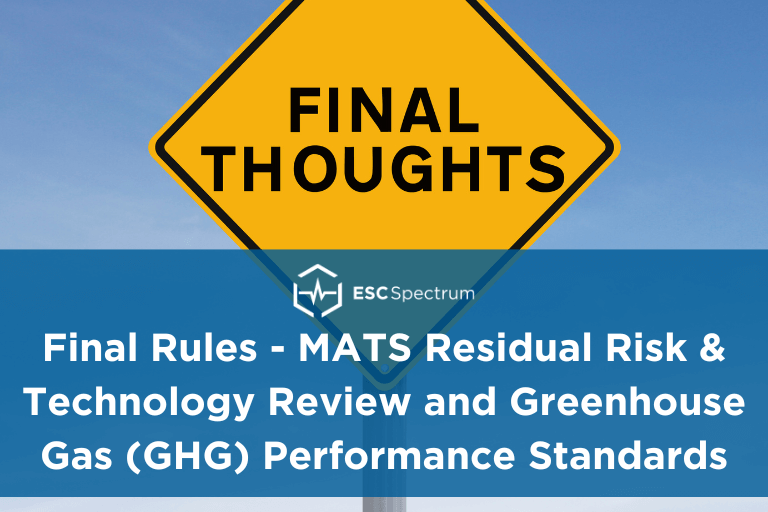
In May of 2024, the EPA finalized stricter rules for Mercury Air Toxic Standards (MATS) and Greenhouse Gas (GHG) Performance Standards. Key changes include tighter limits on particulate matter and mercury emissions, mandatory use of PM Continuous Emissions Monitoring Systems (CEMS), and new compliance timelines. Learn more about how these final rules can affect your facility.
New Release: RATAView™ Version 1.5 Now Available
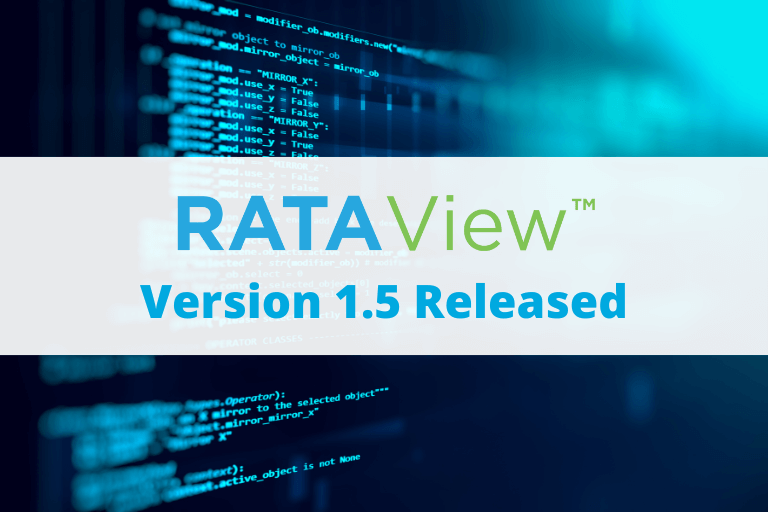
RATAView Version 1.5 release offers new features and enhancements to help stack testers’ perform RATA tests accurately and efficiently.
New Release: Prism Version 1.9 Data Acquisition System

We’re excited to announce the release of Prism Version 1.9! This release provides new features designed to make CEMS compliance and monitoring easier and more productive than ever.
EPA “Good Neighbor” Plan – The Saga Continues

Learn about the latest updates to the EPA’s Good Neighbor Plan, including a proposed supplement that would cover 5 states.
2023 Regulatory Snapshot: Key Changes Unveiled
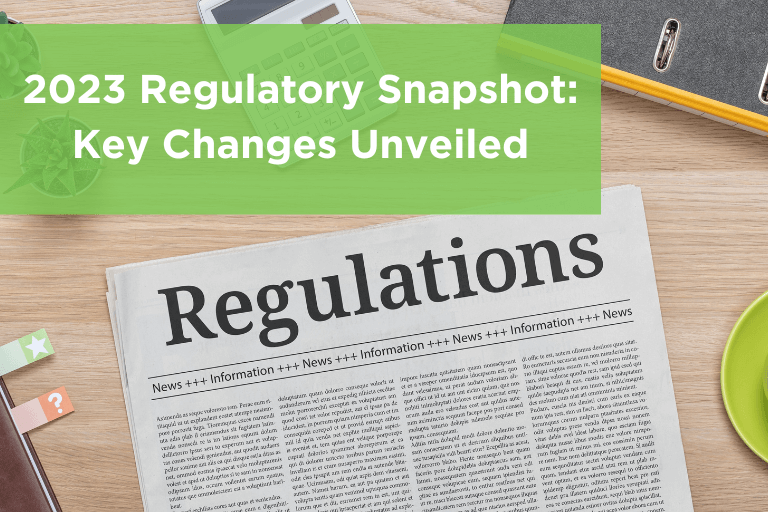
Dive into the 2023 key regulatory updates for ECMPS 2.0, MATS Residual Risk and Technology Review, Low Mass Emissions (LME), and more. Stay ahead of the curve as we guide you through each topic and equip you with the tools to navigate 2024.
Mastering Air Compliance: Best Practices for Your Data Acquisition System
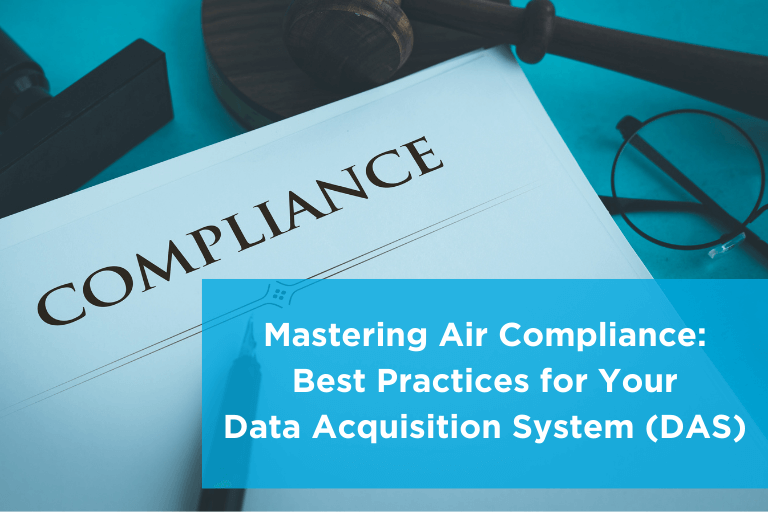
In the intricate landscape of environmental regulations, industries face the ongoing challenge of remaining compliant. Read this blog post for a comprehensive guide on how to navigate the complexities of these regulations with confidence, starting with your Data Acquisition System.
ECMPS 2.0 Re-Engineering: Current Status and Recent Updates
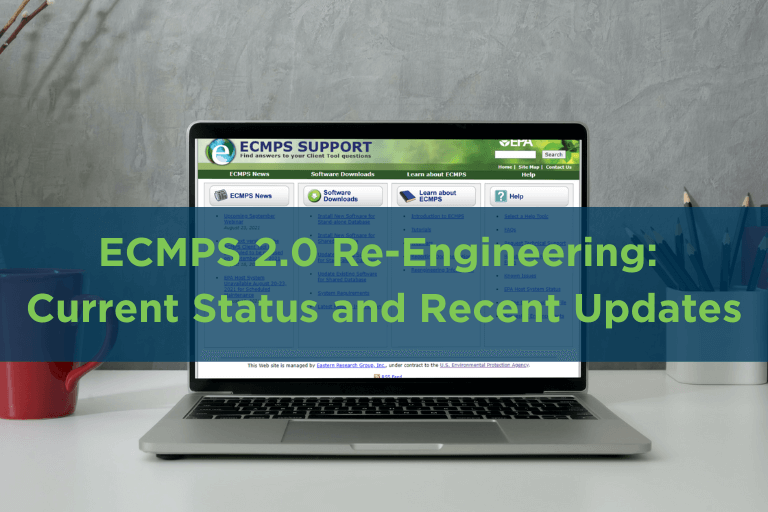
Following Chris Worley’s (EPA) Fall 2023 User Group Presentation, we have compiled the most relevant information for an update on the status of the ECMPS 2.0 Re-Engineering Project.
Monitoring Plans: Ease Stress During Reporting Month
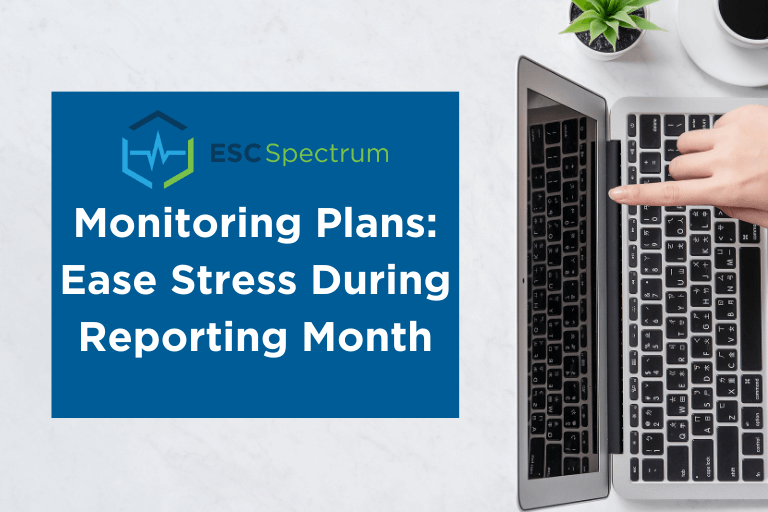
Monitoring plans are far from a one-and-done document. Rather than it being a dusty old file sitting in the archives of the plant computer, your monitoring plan should be changing in step with your plant operation. While not overly time-consuming, this small check can save you a major headache during reporting months.
The EPA’s Good Neighbor Plan – Response to Judicial Stays
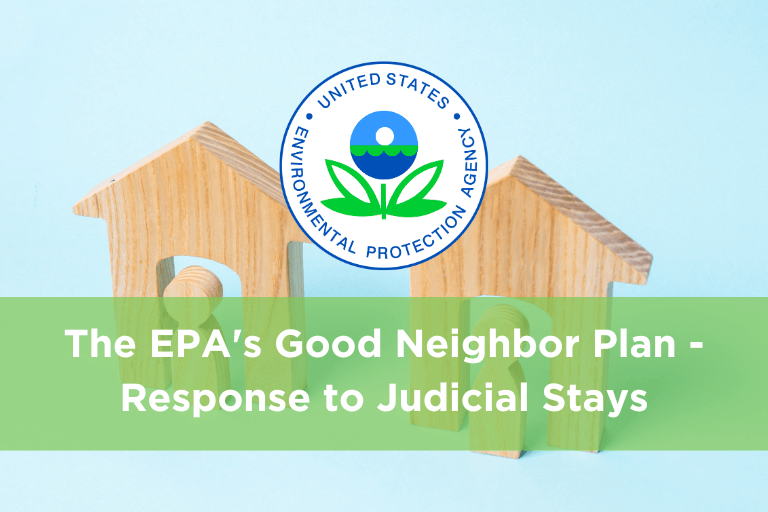
On July 31, 2023, the US EPA issued a final action to address emission sources affected by judicial stays of the Good Neighbor Plan in the following states: Arkansas, Kentucky, Louisiana, Mississippi, Missouri, and Texas. Read our article to learn more about how these final actions might affect your facility.
New Release: Prism Version 1.8 Data Acquisition System
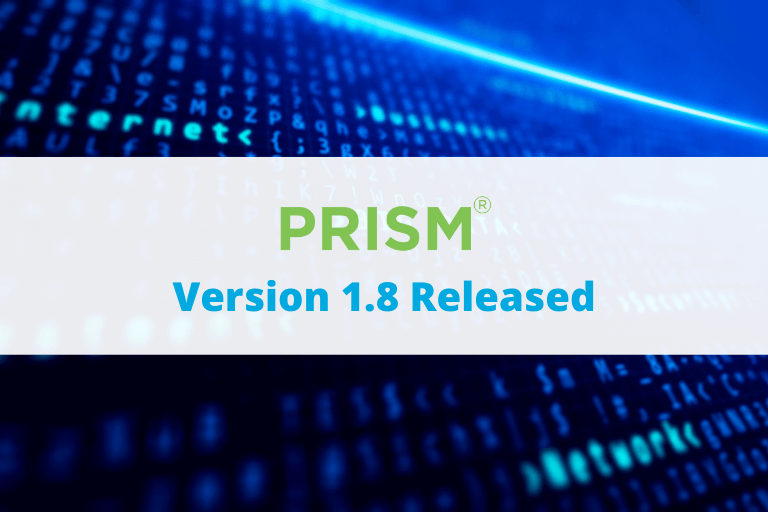
We’re excited to announce the release of Prism Version 1.8! This release provides new features designed to make CEMS compliance and monitoring easier and more productive than ever.
New Release: RATAView™ Version 1.4 Now Available
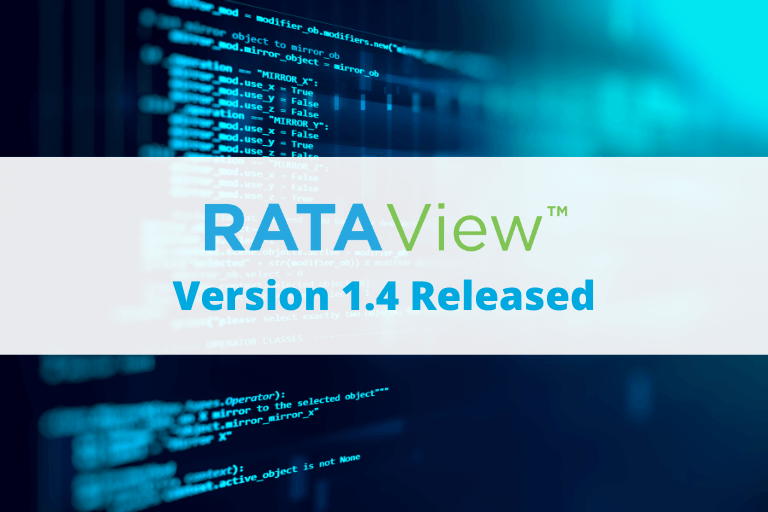
RATAView Version 1.4 release offers new features and enhancements to help stack testers’ perform RATA tests accurately and efficiently.
